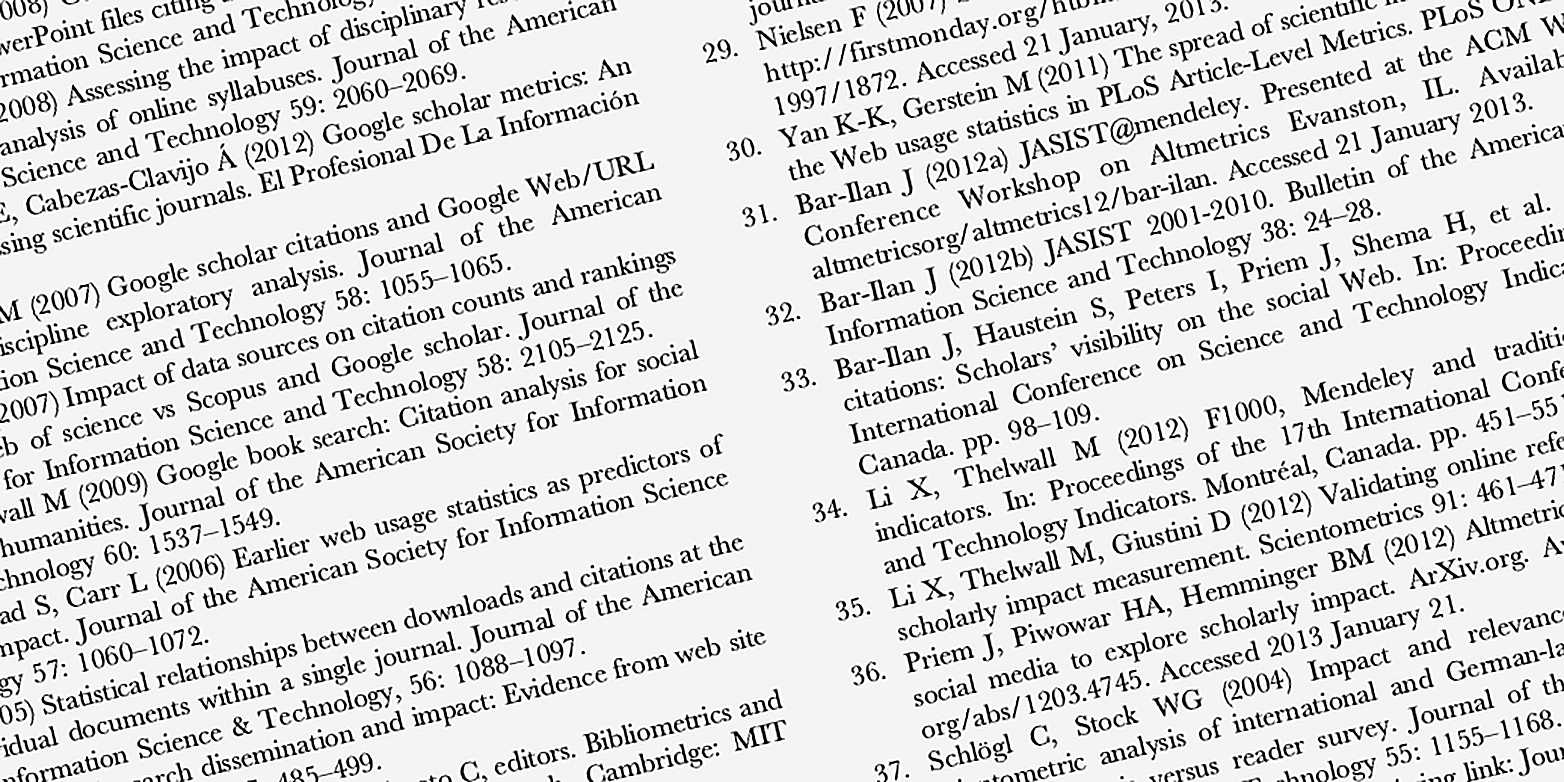On the current list of Highly Cited Researchers, 21 have a connection to ETH Zurich. Four of these appear on the list for the first time.

Every year, the Institute for Scientific Information (ISI) determines which researchers have been cited most by their peers. This provides a metric for how influential the researchers are. Of the 7,225 researchers who appear on this year's list of Highly Cited Researchers, 112 are based in Switzerland and 21 work at, or have a connection to, ETH Zurich.
New to the list are proteomics and cancer researcher Bernd Bodenmiller, who works at ETH Zurich and the University of Zurich, glacier researcher Matthias Huss, chemist Javier Pérez-Ramírez and evolution researcher and biomathematician Tanja Stadler.
Determining who will make the Highly Cited Researchers list is based on an assessment of papers published in the previous 11 years. A proportional approach is taken with regard to the different scientific disciplines: the more researchers there are working a particular field, the more from that field will appear on the list.
ISI has been compiling these analyses since the 1950s; it has been part of the UK-US company Clarivate Analytics since 2016. That company also calculates the Journal Impact Factor, a metric for the relative importance of the various scientific journals.
The Highly Cited Researchers 2022 from ETH Zurich
1 Emeritus
2 Zurich University of Applied Sciences (ZHAW), senior academic assistant (Privatdozent) at ETH Zurich
3 Swiss Federal Institute for Forest, Snow and Landscape Research (WSL), adjunct professor at ETH Zurich






